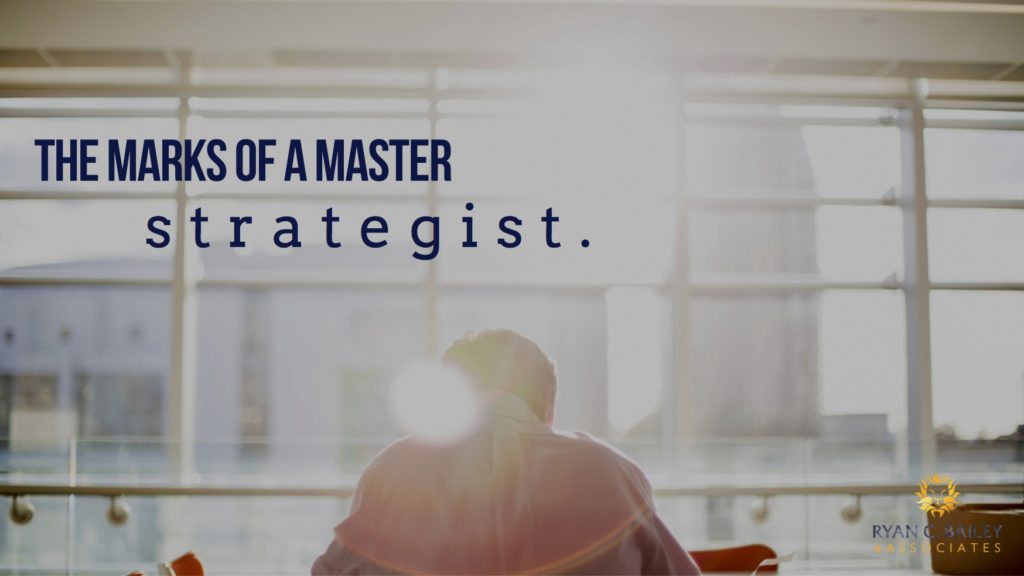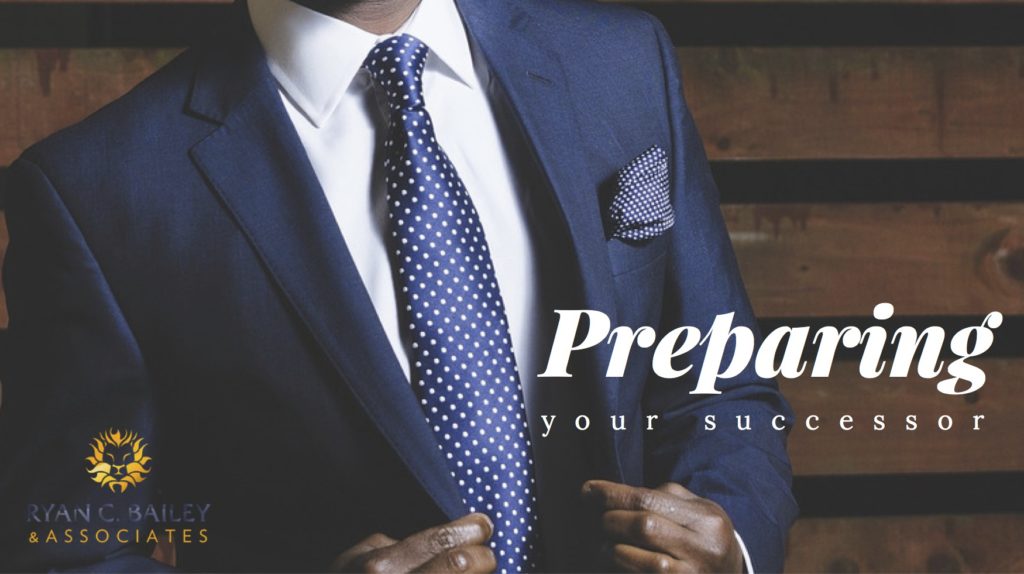 Master strategists are a rare breed of people. They are able to play high level chess and make it look as simple as playing checkers.
A few years ago, I started working with a vice president whose role was to head up a Latin American department for a Fortune 1000 company. As we brainstormed different initiatives, he more than showed himself to be a master strategist.
Master strategists are a rare breed of people. They are able to play high level chess and make it look as simple as playing checkers.
A few years ago, I started working with a vice president whose role was to head up a Latin American department for a Fortune 1000 company. As we brainstormed different initiatives, he more than showed himself to be a master strategist.
As his coach, my job was to provide an environment where he could explore various options for resolving the issues he wanted to resolve. As he answered questions, I learned so much about strategizing that I felt like I should pay him for letting me sit in on his “thinking time.”
If you want to become a master strategist, there are certain key disciplines to consider developing. If you read last week’s blog, you will know that the insights on this blog and the next come from a team of very talented directors in a well known global company.
While being tactical is a practical, hands-on skill, strategy is a thinking skill. One that can be grown and developed.
Certain personality types, especially INTJ’s, have a strong predisposition towards becoming master strategists, but the VP that I mentioned in the first paragraph, along with many other ISTJ or ESTJ VPs I’ve worked with, have grown from being master tacticians to developing a real knack for being strategic.
Here are the marks of a master strategist:
1. Master strategists free up time & then fiercely protect that time.
Strategists must have room in their schedule and mind to think. They look for ways to block off even 15 mins just to think.
Once they free up time, they protect it, just like they would an important meeting. Time and space to brainstorm are not seen as a waste but as an essential part of success.
Without taking this first step seriously, they wouldn’t be able to move to upper levels of strategy.
2. They spend time with those who are also master strategists and those that are higher up than them.
Nothing beats being around the masters. They look around and find those who really get strategy and become a regular feature on their calendar. They ask if they can sit in on times when they are brainstorming strategies with their team and soak it all in. A master strategist surrounds himself with like-minded people.
3. They think long term.
Master strategists typically think long-term--3, 5 and even 10 years ahead. They consider how the events of today are going to impact that time frame. They think about other industry events and where they will be in the long term. In essence, they are futuristic, taking into account the long-term impact of their decisions.
4. They stay close to the company’s broader vision.
Master strategists pay close attention to the company’s broader vision and align strategies with it. This is a great way to gain buy-in throughout the organization.
5. They cultivate different points of view.
Master strategists develop relationships with different departments so that they can get a feel for what they care about, how they think about it, the concerns and issues they have, what they consider to be successes and where they sense the future is headed.
In doing so, they are able to spot trends (see below) and think big picture.
6. They step back & spot trends.
As they get to know different departments, master strategists start to see certain themes that are consistent across the company. They see how others in the company think through things. They see things the way that higher-ups see them. But they also get a feel for what is going on in the front lines, which often the higher-ups don’t get to see as quickly as they might.
They also look at the data and see what the company wants to invest in over the long haul.
7. They plan ahead to take advantage of those trends.
Once they see the trends, they ask themselves how, in their specific role, they can take advantage of those trends.
They manage risks by first filling the facts box and sharing those facts with key executives; then, they can write a summary page so the executives know what they will be getting.
They must define what issues they are facing and be thorough with the process.
They need a robust fact base to make sure that they are solving for a real need.
Any alternatives should be fought about.
Strategic thinking is about asking the right questions: How will we win? What is at stake? How do you define success? What would the different departments say about this plan?
Master strategists think of all the angles so they can anticipate every question and plan for it with their team. They also make sure they are clear on what they need to execute their plan.
8. They foresee obstacles and plan ahead to overcome those obstacles.
Master strategists also consider the obstacles that are going to come. Once they see the trends, they ask themselves what obstacles will naturally appear.
They take the list and decide how their team can best tackle those obstacles before they even arise.
9. They get validation and buy-in, paying close attention to feedback.
They consider who needs to buy in, thinking in terms of what the stakeholders value and how their plan fits in with those values.
As they implement their plan, they pay attention to the feedback they receive and make tweaks. They are aware of when it may be best to abandon the plan.
10. They anticipate the informational needs of their boss and boss’s boss.
Thinking in terms of what their boss and boss’ boss want to know to make decisions at their level, they may gain greater insights in how to think strategically.
Becoming a master strategist is easier for some than for others. However, everyone can improve their strategic skills by recognizing the marks of a master stragetist.
Chew On This:
- How can you become a more skilled strategist?
- Who on your team embodies these strengths?
Ryan C. Bailey is President and CEO of a company that equips leaders to develop in-demand high-performing-teams.






